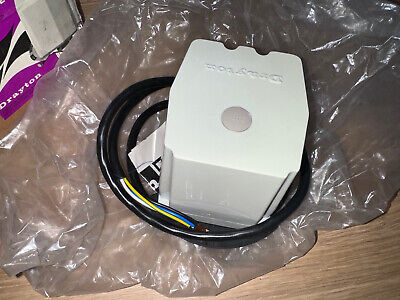When I turn on our CH there's a lot of noise from one specific part of the system - the pipes on the landing, and one radiator. It sounds like air, and the landing radiator needs bleeding regularly (about once a month), even though it isn't the highest point in the system. The two upright rads in the bathrooms are a good 50cm higher but rarely have more than a quick "pfffft" of air if I open the bleed valves. All the radiators get hot from top to bottom (except when the landing one needs bleeding) and the noise stops after a couple of minutes running.
Wondering what could be causing one radiator to fill with air so quickly, and why there could be so much air trapped in one part of the system. I can't see any sign of a leak. Any ideas?
Wondering what could be causing one radiator to fill with air so quickly, and why there could be so much air trapped in one part of the system. I can't see any sign of a leak. Any ideas?













